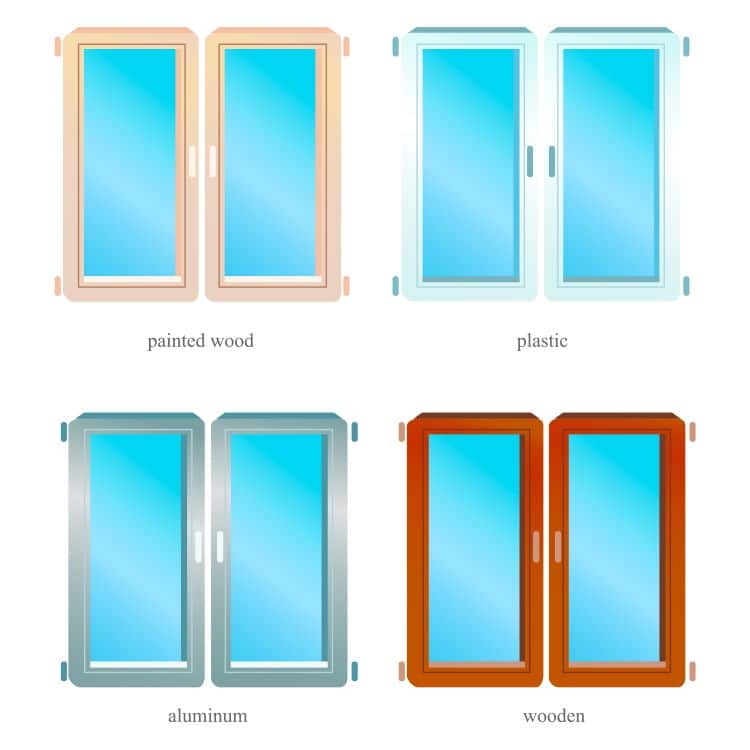What’s causing your high energy bills? It could be your windows. The windows installed in a house may not have proper window materials, causing unsuitable absorption of the sun’s energy or the leakage of cold air into the outer warm environment. Efficient window materials can help cut energy bills significantly. This article will discuss the best options for upgrading your windows to maximize energy savings in your home.
Which Window Materials Are Best for Homes in New Rochelle, NY?
The best window materials efficiently provide a thermal break. They are also insulated and can successfully lower greenhouse gas emissions, preserve the climate, and lower energy costs. Installing windows with the best window materials is your go-to option in the modern world, especially with spiking bills and concerns about global warming.
Terms That Define the Best Window Materials
To find the best window materials, you have to know what defines their efficiency. EPA-recognized labs consider the following terms/factors of window materials for rating.
- Solar Heat Gain Coefficient (SHGC): Solar Heat Gain Coefficient, or SHGC, defines a window’s resistance against solar radiation. Windows are available with low and high SHGC values. Windows with a low SGHC value (~0.25) do not allow sun radiation to pass through and heat the inside environment. Such window materials are ideal for sunny, hot climates. The SGHC value is higher than 0.25 for windows installed in colder climates.
- Air Leakage: Air leakage, as the name suggests, defines how much air a window allows to leak. This is important because it may cause the air conditioner to consume more energy. Window material with a higher air leakage ratio will cause the air conditioner to consume more energy, either to provide cool air or warm air, because the warmer air tends to pass to relatively colder air.
- Low-E Glass: Low-E glass, or low-emissivity glass, has an energy-efficient coating. It is designed to filter out infrared and ultraviolet radiation and allow only visible light (or regular) to pass. The coating of low-emissivity glass is so thin that it is almost invisible to the naked eye. However, it is significantly efficient in filtering light of different wavelengths.
- U-Factor: U-factor defines the insulation ability for non-solar heat of all window materials, i.e., frame, glass, and sash. Glass may also have its own U-factor. If a window allows less heat transfer, it has a lower U-factor and is more efficient than windows with a comparatively higher U-factor.
How to Choose the Best Window Materials
The answer to the question of how to choose the best window materials depends on the environment and climate in which you live. If you live in a hot, sunny environment, you should opt for a material with low SHGC, low U-factor, and a low-E glass coating. These materials will help keep the cold air inside for much longer than ordinary window materials. Those living in a colder environment should buy window material with high SHGC value, a low-E glass coating, and a low U-factor. It will not only help the sunlight enter the house but also keep the home warm for much longer.
Energy bills are reaching new highs daily, making it challenging to keep savings. In such scenarios, efficient-energy windows or the best window materials are life-saving investments. Proper window materials help keep the bills low by lowering the daily energy consumption. Their subtle design and manufacturing make the house colder in sunny areas and warmer in cold regions.
Windows By Toll
Is your home too hot or too cold? Windows By Toll can help. We can evaluate your home and determine if new window replacements will reduce your energy bills. Selecting the right windows for the right climate reduces energy needs. Let us help. Contact Windows By Toll at 203-580-9945.
If you’re looking for a quick way to boost your home’s efficiency, consider exploring replacement windows in New Rochelle, NY to help reduce your energy costs.

